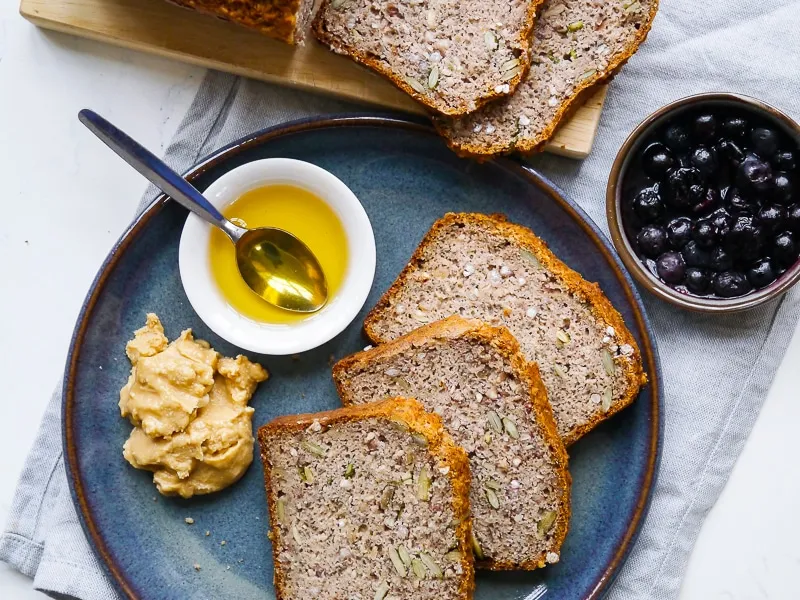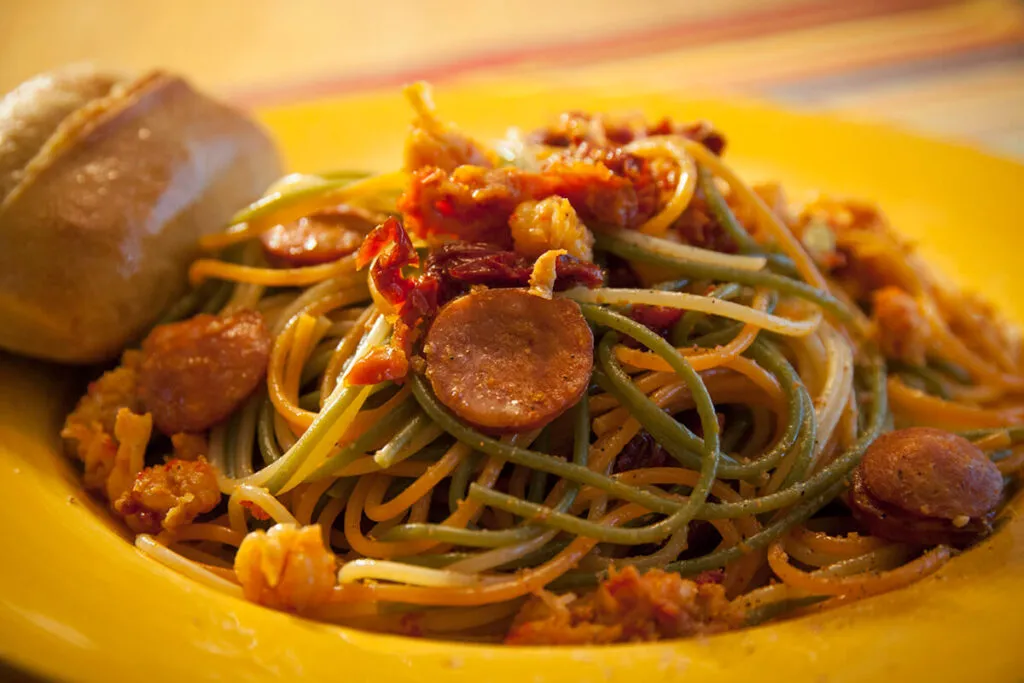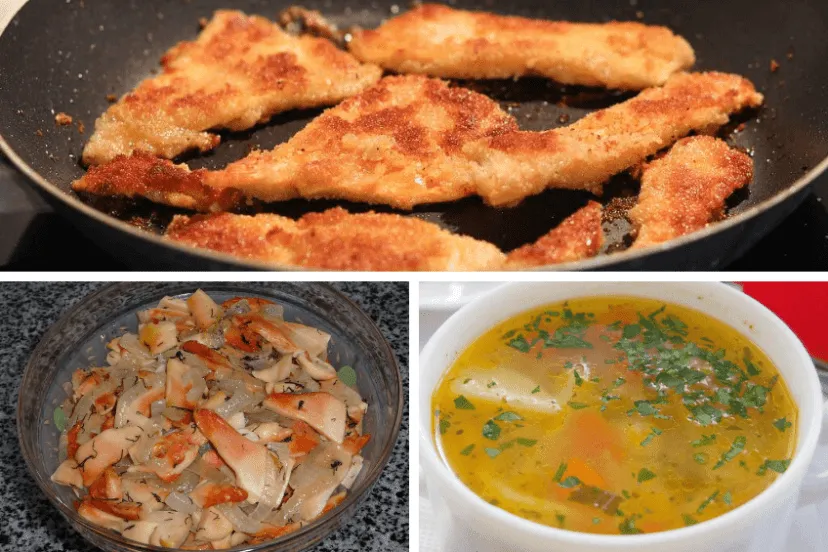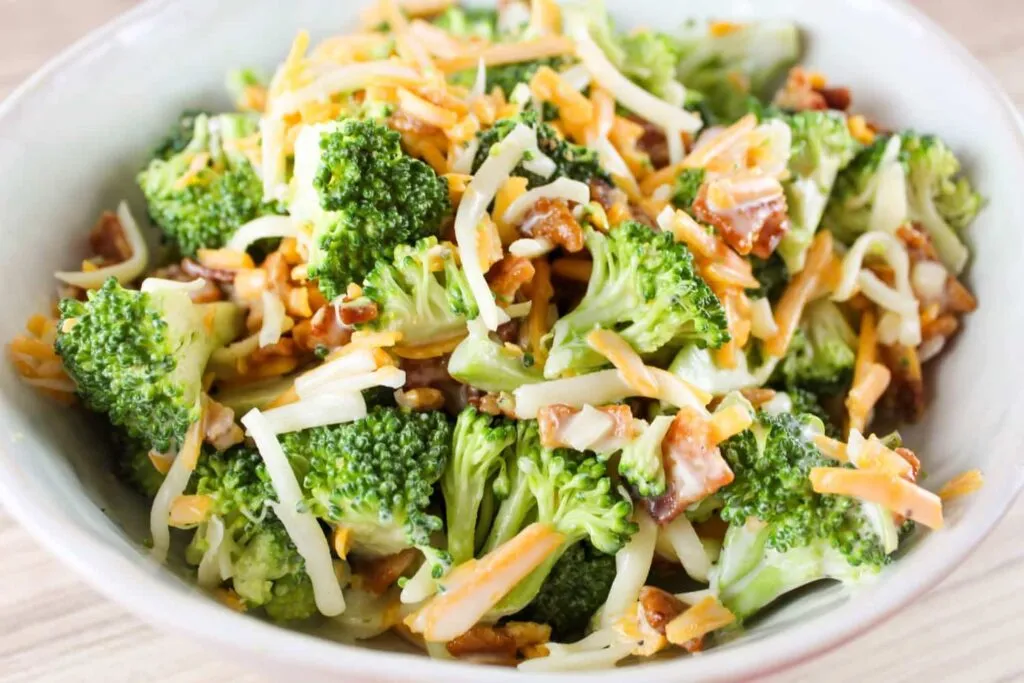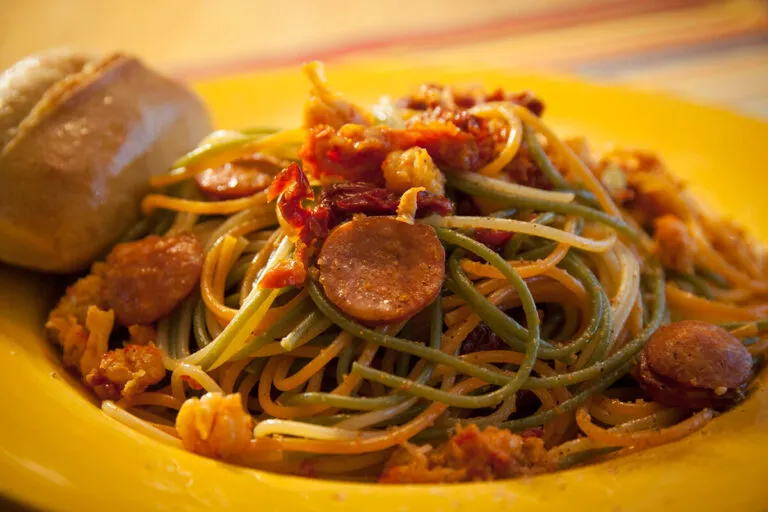Looking for a delicious Buckwheat Bread Recipe? Check out this simple recipe to make nutritious and gluten-free bread at home.
Buckwheat flour, water, yeast, salt, and honey are mixed in a bowl and kneaded into a dough. The dough is left to rise for an hour, then shaped into a loaf and baked until golden brown. Enjoy the hearty flavor and wholesome goodness of homemade buckwheat bread as a nutritious addition to your meals.
Table of Contents
ToggleHealth Benefits Of Buckwheat
Buckwheat is a highly nutritious gluten-free pseudograin that offers a plethora of health benefits. From its rich nutrient profile to its potential to serve as a viable gluten-free alternative, buckwheat has gained popularity among health-conscious individuals. In this post, we will delve into the health benefits of buckwheat, highlighting its nutritional value and why it makes a fantastic addition to a balanced diet.
Rich In Nutrients
Buckwheat is packed with essential nutrients, including protein, fiber, and various vitamins and minerals. It contains a high amount of potassium, which is crucial for heart health, and magnesium, known for its role in supporting muscle and nerve function. Additionally, buckwheat is a potent source of antioxidants, such as rutin and quercetin, which help combat inflammation and oxidative stress in the body.
Gluten-free Alternative
One of the standout features of buckwheat is its gluten-free nature, making it an excellent alternative for individuals with celiac disease or those following a gluten-free diet. It can be ground into flour and used in various baking recipes, such as buckwheat bread, offering a wholesome and delicious option for those with gluten sensitivities or allergies.
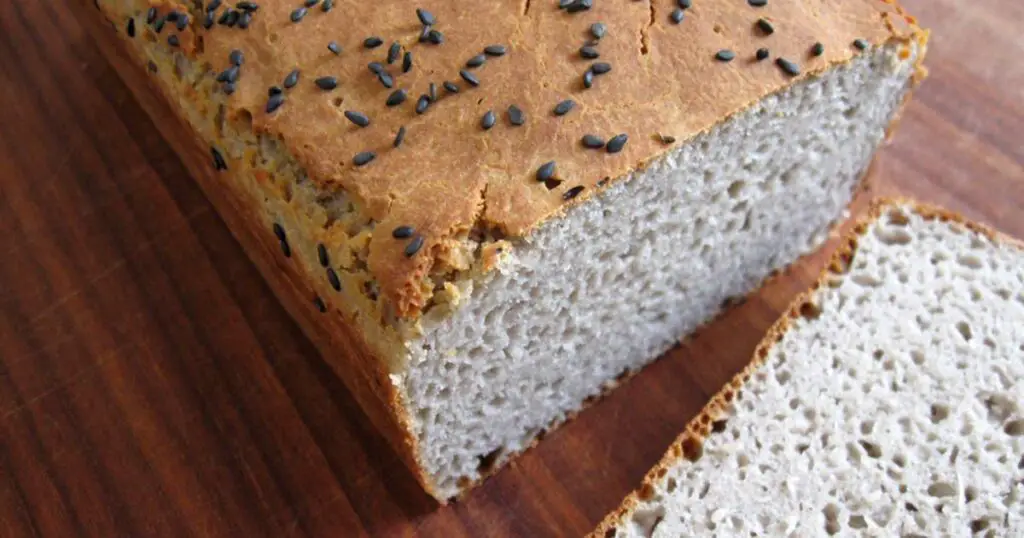
Introduction To Buckwheat Bread
Buckwheat bread is a nutritious and gluten-free alternative to traditional wheat bread. Its earthy flavor and dense texture make it a popular choice for those with dietary restrictions or looking to incorporate more wholesome grains into their diet.
History Of Buckwheat Bread
Buckwheat bread has been a staple in Eastern European and Asian cuisines for centuries. With its origins dating back to ancient times, this hearty bread has stood the test of time as a versatile and nutritious option for bread lovers around the world.
Growing Popularity
In recent years, buckwheat bread has seen a surge in popularity due to its health benefits and unique flavor profile. As more people seek out gluten-free and alternative grain options, buckwheat bread has become a favorite choice for those looking to diversify their bread selections.
Ingredients For Buckwheat Bread
Buckwheat Flour
Buckwheat flour is a key ingredient for making this nutritious and gluten-free bread.
Yeast And Other Leavening Agents
Yeast and other leavening agents are essential for giving the buckwheat bread its airy texture.
Making Buckwheat Bread
Are you looking for a delicious and nutritious gluten-free bread recipe? Look no further! Making buckwheat bread is simpler than you might think, and the results are well worth the effort. Buckwheat flour, with its nutty flavor and unique texture, is the star of this recipe. Let’s dive into the process of creating a flavorful, homemade loaf of buckwheat bread.
Mixing And Kneading Dough
Start by mixing the buckwheat flour, yeast, salt, and a touch of honey in a large bowl. Slowly add warm water while stirring continuously. Once the ingredients are combined, place the dough on a lightly floured surface. Knead the dough for about 10 minutes, incorporating more flour as needed to prevent sticking. After kneading, shape the dough into a smooth ball and transfer it to a clean, oiled bowl. Cover and let it rise for about an hour, until doubles in size.
Rising And Baking
After the dough has risen, gently punch it down to release any air bubbles. Shape it into a loaf and place it in a greased bread pan. Cover the pan with a clean cloth and allow the dough to rise again for 30-45 minutes. Once the dough has risen for the second time, preheat the oven. Bake the buckwheat bread at 375°F for 30-35 minutes, or until it sounds hollow when tapped on the bottom. Let the bread cool before slicing and enjoying your freshly baked buckwheat bread!
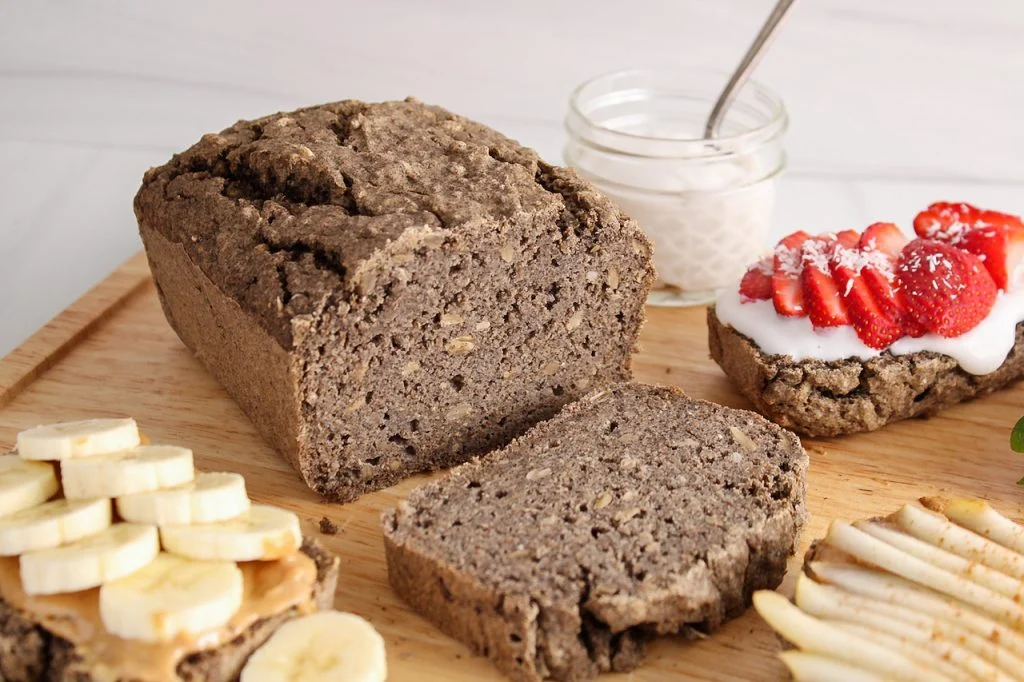
Variations And Serving Suggestions
Now that you have mastered the art of baking buckwheat bread, it’s time to explore the various variations and serving suggestions to take your homemade loaf to the next level. Whether you’re looking to add an extra crunch or enhance the flavor with delicious spreads and toppings, let’s dive into the endless possibilities.
Adding Seeds Or Nuts
If you are a fan of texture and want to elevate the nutritional profile of your buckwheat bread, consider adding some seeds or nuts to the mix. This will not only enhance the taste but also provide an additional source of protein, healthy fats, and essential nutrients. Here are some seeds and nuts you can experiment with:
| Seeds | Nuts |
|---|---|
| Sesame seeds | Walnuts |
| Pumpkin seeds | Almonds |
| Sunflower seeds | Pecans |
| Flaxseeds | Hazelnuts |
Feel free to mix and match different seeds and nuts to suit your taste preferences. Simply add them to the dough during the kneading process and enjoy the delightful combination of flavors and textures.
Pairing With Spreads And Toppings
A freshly baked slice of buckwheat bread begs to be topped with mouthwatering spreads and toppings. Here are some ideas to get your creative juices flowing:
- Avocado Smash: Mash ripe avocados with a squeeze of lemon juice, a sprinkle of sea salt, and a dash of black pepper for a creamy, nutrient-packed spread.
- Tomato and Basil Bruschetta: Dice ripe tomatoes and mix with chopped fresh basil, minced garlic, extra virgin olive oil, salt, and a twist of black pepper. Spread generously over toasted buckwheat bread.
- Hummus and Roasted Vegetables: Slather a layer of creamy hummus on your buckwheat bread and top it with oven-roasted vegetables like bell peppers, zucchini, and eggplant for a hearty and satisfying sandwich.
- Almond Butter and Berry Jam: Spread a thick layer of almond butter on your bread and top it with your favorite berry jam for a delicious sweet and savory combination.
These are just a few suggestions, but the possibilities are endless. Get creative and experiment with different spreads, dips, and toppings to find your perfect combination.
Frequently Asked Questions For Buckwheat Bread Recipe
How Do You Make Buckwheat Bread?
To make buckwheat bread, combine buckwheat flour, yeast, water, and salt. Knead the dough, let it rise, then bake it until golden brown.
Is Buckwheat Bread Gluten-free?
Yes, buckwheat bread is naturally gluten-free since buckwheat is not a type of wheat. It is a safe option for individuals with gluten intolerance or celiac disease.
What Are The Health Benefits Of Buckwheat Bread?
Buckwheat bread offers various health benefits, such as being rich in fiber, plant-based protein, antioxidants, and essential minerals. It may aid digestion and promote heart health.
Can I Substitute Buckwheat Flour With Other Flours In The Recipe?
While buckwheat flour provides a unique taste and texture, you can experiment by replacing a portion of it with other gluten-free flours like rice or almond flour.
Conclusion
Incorporating buckwheat bread into your diet is a wholesome, gluten-free option that offers a unique and nutty flavor. This versatile recipe is easy to prepare and provides a healthy alternative to traditional bread. By making your own buckwheat bread, you can enjoy a delicious and nutritious addition to your meals.

